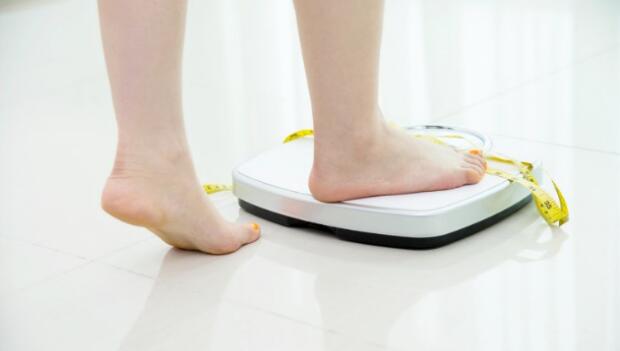
Most of us know that body weight affects running performance. The lighter you are, the less weight you have to lift off the ground with each stride and the more economically you can run. It's no accident that the men's marathon world record holder, Ethiopia's Haile Gebrselassie, weighs 113 pounds!
One study on the effects of weight on running performance found that the addition of 5 pounds of weight to the body reduced running performance in a 12-minute time trial by 5 percent. Runners routinely lose 5 pounds or more in the process of training and dialing in their nutrition for races. This makes body weight one of the most influential and controllable factors in running performance.
Each runner has his or her own ideal racing weight. In almost every case, a runner's optimal racing weight is the lowest weight he or she can attain without overtraining or consuming too little energy to support optimal running performance and recovery. Individual racing weights are influenced by a variety of factors, including height and frame type. Naturally, a runner who stands 6'1 and has broad shoulders cannot expect to get as light as a runner who stands 5'4 and has birdlike bones, as Haile Gebrselassie does.
What's true of all runners at their individual racing weights is that they have low body fat levels. In any single runner, it is primarily the amount of fat on the body that determines how close he or she is to racing weight. Your muscle and bone mass will not change much in the process of training and dialing in your nutrition for a race, but the amount of fat on your body will probably decrease.
While all runners are very lean at their racing weight, not all runners are equally lean. That's because body fat levels are influenced by several factors that we have no control over, including age, gender, and genes. It is estimated that the lowest healthy body fat level for each individual is 64 percent determined by genes.
Some runners are fortunate to be born not only naturally light, but also with a natural ability to healthily attain a very low body fat percentage. And according to a recent study by researchers at the University of Zaragoza, Spain, these naturally super-lean runners have a performance advantage over others. In this study, skinfold measurements were used to estimate body fat percentage in 12 elite male and 12 elite female Ethiopian distance runners. These estimates were then compared to the runners' individual race performances. The researchers found an 80 percent correlation between skinfold measurements and race times in the men and a 78 percent correspondence in the women. All of these runners were very lean and very light, but the leanest among them were the fastest.
As I have hinted above, it is possible to become too lean--that is, to have a body fat percentage that is too low. That's why your racing weight is defined as the weight that is associated with the lowest body fat percentage you can attain without overtraining or under-nourishing your body. Because of the strong influence of individual factors, there is no way to accurately predict your lowest healthy body fat percentage, although it is likely to fall in the range of 3 to 9 percent if you're a male under 40, 5 to 12 percent if you're a male over 40, 12 to 17 percent if you're a female under 40, and 15 to 20 percent if you're a female over 40. The only way to definitively determine your lowest healthy body fat percentage is functionally--in other words, by getting there.
By definition, your optimal racing weight and optimal body fat percentage are the numbers that are associated with your highest level of fitness. Thus, the surest way to determine your racing weight and optimal body fat percentage is to get in the best shape of your life and then weigh yourself and measure your body composition on the day of a big race.
Along the way, you can generate better and better estimates of your racing weight and optimal body fat percentage by regularly tracking these measurements against performance. For example, every four weeks run a 10K fitness test (at 95 percent effort) and record your time. Note your weight and body fat percentage on the same day. As you get fitter you will observe trends that will enable you to roughly predict your racing weight and optimal body fat percentage.
This functional method of determining your racing weight will protect you against becoming too lean. If your body fat percentage falls too low, your running performance (and health) will begin to suffer. Almost always, your running performance will improve as your body fat percentage decreases. But if your running performance ever gets worse as your body fat percentage decreases, you may have become too lean.
As you pursue your racing weight, always remember that anything that aids your performance will also make you leaner. Training smart and progressively will make you faster and leaner. Fueling your body well for running and recovery will make you faster and leaner. Prioritize performance and the rest will follow.
Calculate your ideal weight and register for a running race near you.


